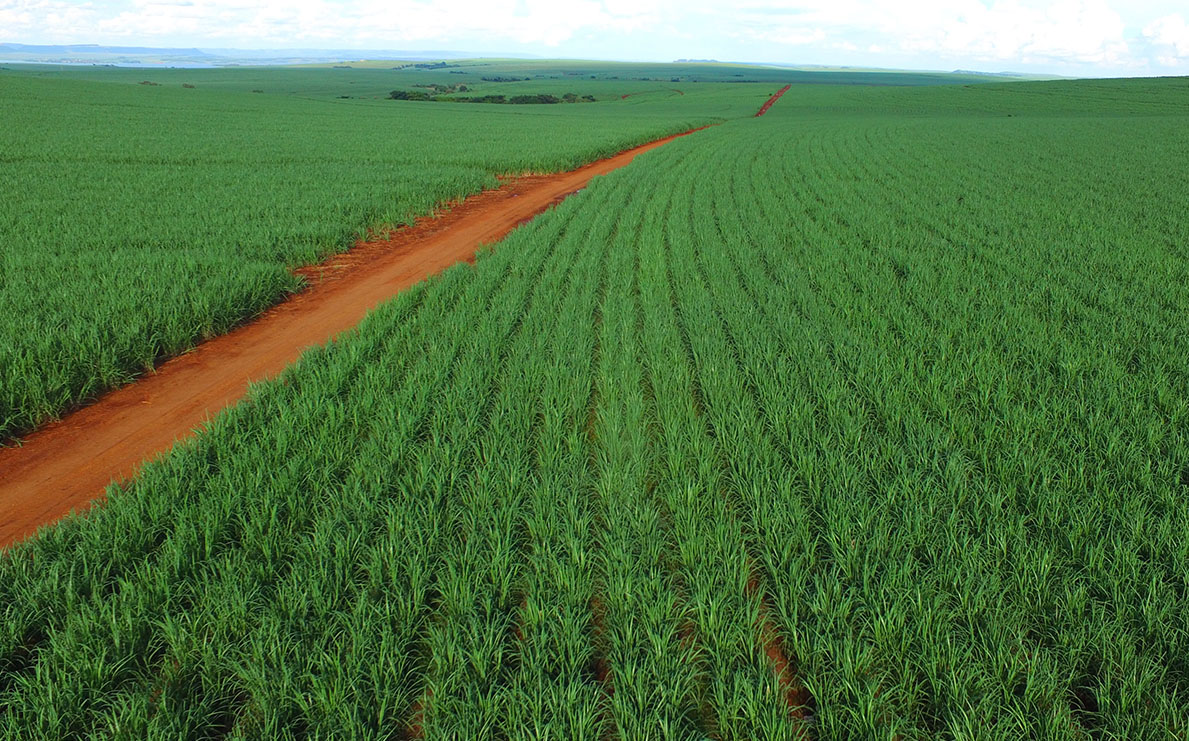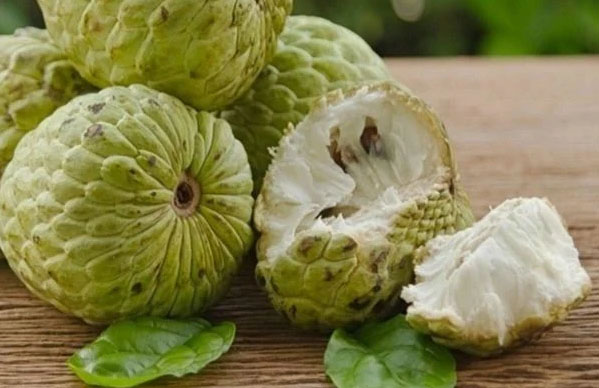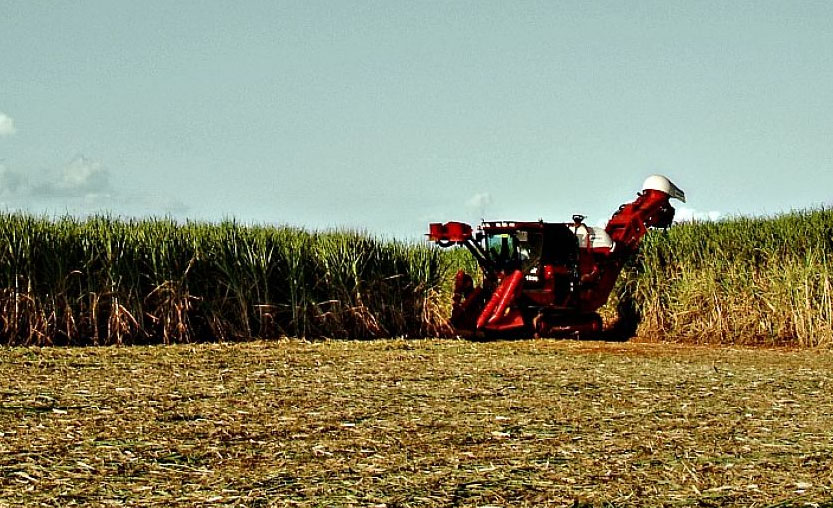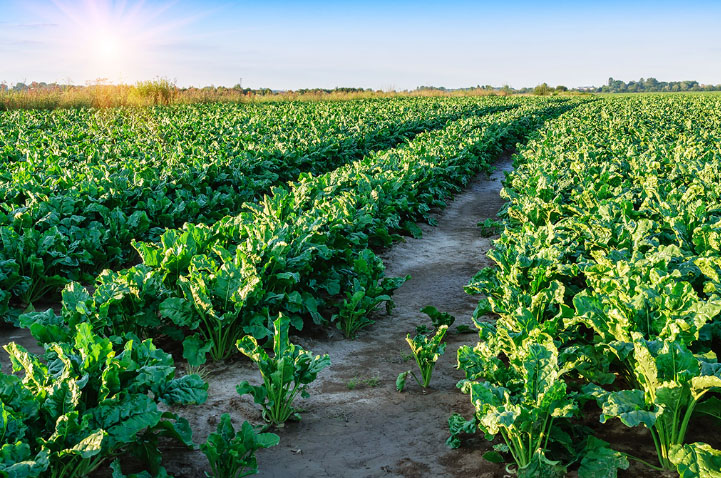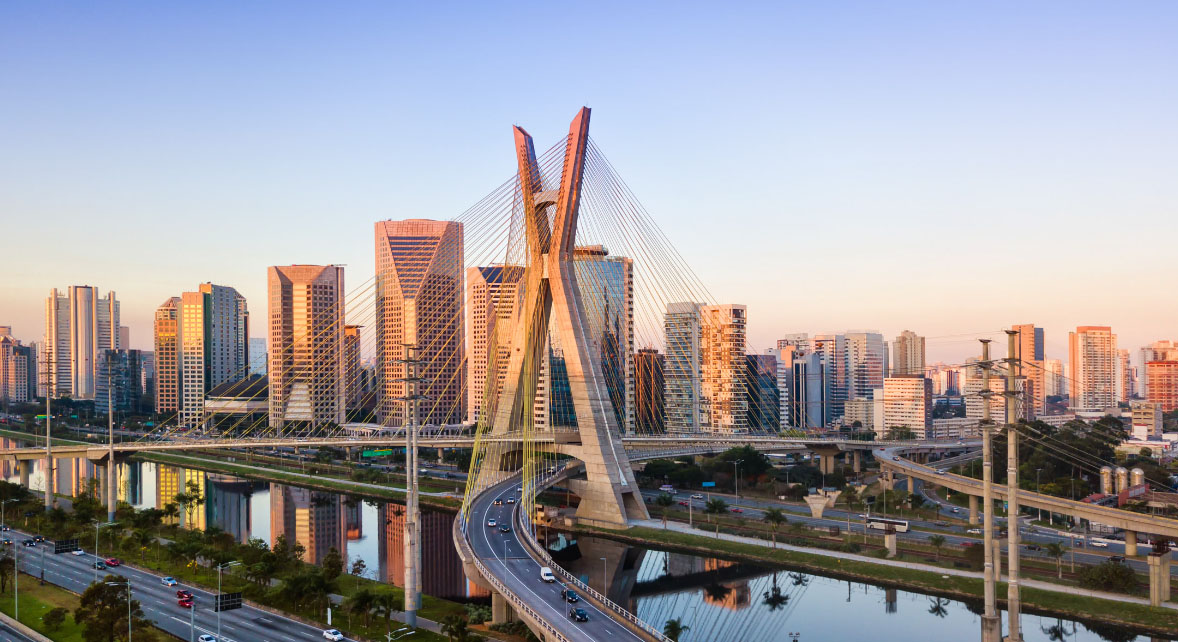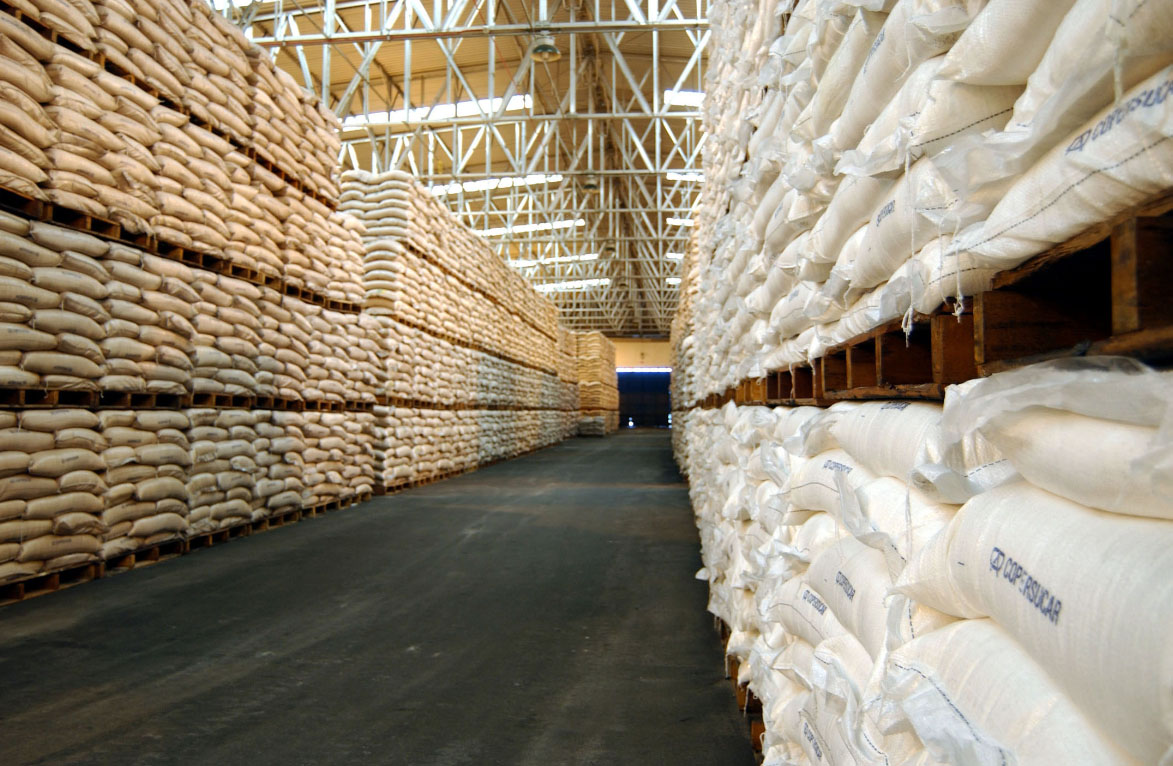Sugarcane
is deeply woven into the fabric of Brazil’s rich agricultural history and plays
a pivotal role in the country’s economy. In this blog post, we’ll take a closer
look at the world of sugarcane in Brazil, from its sprawling plantations to its
significance as a global sugarcane powerhouse.
Sugarcane
Plantations in Brazil
Brazil’s
vast sugarcane plantations are a testament to the country’s favorable climate
and fertile soil. Stretching across the Brazilian countryside, these
plantations cover millions of acres and are a sight to behold. Sugarcane
thrives in Brazil’s warm and humid tropical climate, making it one of the most
suitable regions for sugarcane cultivation in the world.
Cultivation
and Harvesting
Cultivating
sugarcane is a labor-intensive process that requires careful planning. The
planting typically takes place during the rainy season when the soil is moist,
providing the necessary conditions for the cane to grow. Sugarcane can take
anywhere from 12 to 18 months to reach maturity, depending on the specific
variety and local climate conditions. Harvesting sugarcane in Brazil is a
critical part of the process. It involves cutting down the mature cane stalks,
which are then transported to nearby sugar mills for processing. Brazil has
developed efficient methods for sugarcane harvesting, utilizing both manual
labor and specialized machinery.
Sugar Mills
and Processing
Once
harvested, the sugarcane undergoes a series of processes at sugar mills to
extract the valuable sugar. The initial step is crushing, which extracts the
sugarcane juice containing a mix of water, sucrose, and impurities. This juice
is then clarified, heated, and boiled to remove impurities and create a
concentrated syrup known as “raw sugar.”
Diverse
Sugarcane Products
Brazil’s
sugarcane industry produces various products beyond sugar. The production of
ethanol, a biofuel, is a significant aspect of Brazil’s sugarcane sector.
Additionally, sugarcane byproducts are used in industries such as paper and
pulp, animal feed, and even the generation of renewable energy.
Economic
Impact
The
sugarcane industry in Brazil is not only vital for its agricultural sector but
also for its national economy. It generates billions of dollars in revenue and
provides employment for a considerable portion of the population, especially in
rural areas.
Conclusion
Sugarcane
is more than just a crop in Brazil; it is a symbol of the country’s
agricultural prowess and economic significance. With its vast plantations,
efficient cultivation, and diverse product range, Brazil continues to make a
substantial impact on the global sugarcane market. As sugarcane remains a
cornerstone of Brazil’s agricultural heritage, it continues to sweeten the
country’s economy and contribute to its status as a sugarcane powerhouse on the
world stage.

